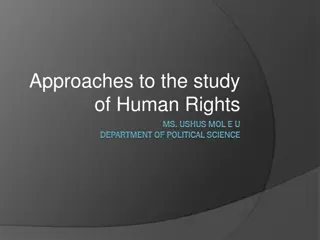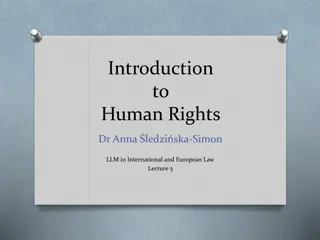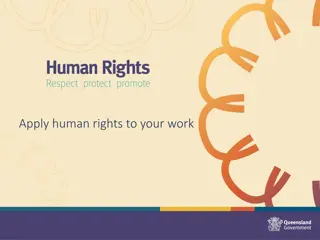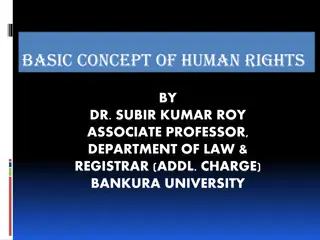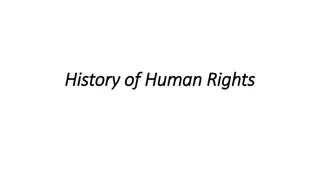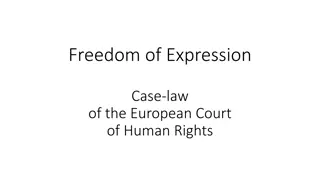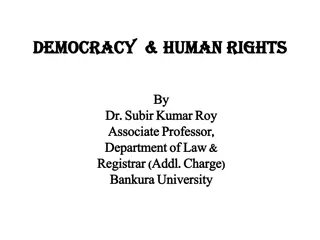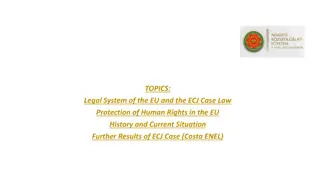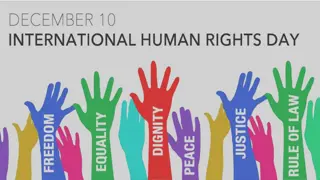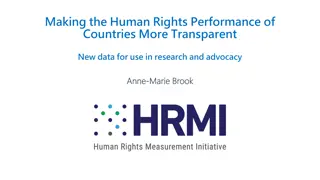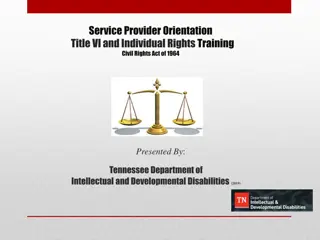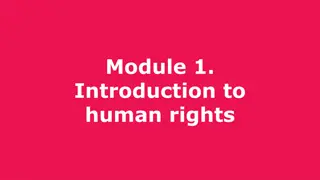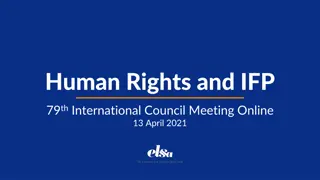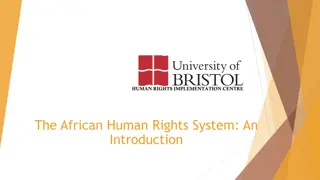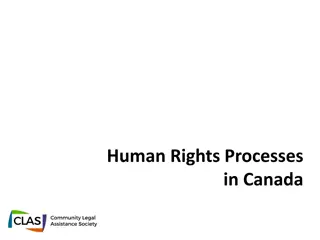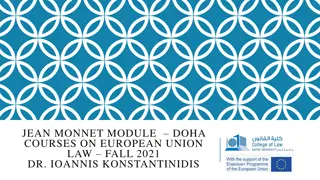
Human Rights Accountability in WHO Pandemic Agreement
Explore the challenges and next steps for implementing the WHO Pandemic Agreement with a focus on human rights accountability. Key issues include the need for strong human rights guidance, challenges in governance and enforcement, and ensuring a rights-based framework for accountability. Discover how the global health landscape's fragmentation can impact human rights protections under the agreement.
Download Presentation

Please find below an Image/Link to download the presentation.
The content on the website is provided AS IS for your information and personal use only. It may not be sold, licensed, or shared on other websites without obtaining consent from the author. If you encounter any issues during the download, it is possible that the publisher has removed the file from their server.
You are allowed to download the files provided on this website for personal or commercial use, subject to the condition that they are used lawfully. All files are the property of their respective owners.
The content on the website is provided AS IS for your information and personal use only. It may not be sold, licensed, or shared on other websites without obtaining consent from the author.
E N D
Presentation Transcript
1 Implementing the WHO Pandemic Agreement CHALLENGES AND NEXT STEPS FOR HUMAN RIGHTS ACCOUNTABILITY NEIL SIRCAR, JD, LLM ADJUNCT PROFESSOR OF GLOBAL HEALTH AND HUMAN RIGHTS UNIVERSITY OF MINNESOTA
2 Why Next Steps Matter The Pandemic Agreement s success depends not just on its adoption, but on what countries do Ratification will likely take years Accountability to human rights must guide this implementation Especially in the absence of strong human rights guidance within the Agreement
Implementation Architecture 3 Conference of Parties (COP): Oversees decisions (Art. 19, 21), limited in its rule-making National Implementation Reports: Encouraged and periodic (Art. 4, 21) Monitoring Mechanisms: To be created by COP (Art. 18, 19, 21) Dispute Resolution: Optional, non- binding, bilateral (Art. 23)
Challenge: Avoiding an Implementation Trap Sovereignty and Consensus Soft language Weak verification and compliance monitoring 4 Understrength Reporting State discretion Lack of Enforcement Lots of principles and guidance, but few guardrails Human Rights as a value, not the standard Deferral to Future COPs Fickle political determinants and will Risk of watering-down (more) Civil society engagement unclear The Implementation Trap Inconsistent rights-based approaches = liability Risks symbolism over substance
Challenge: Missing Human Rights Enforcement 5 No rights-based framework for internal accountability Mentions of, but no clear role for, UN human rights treaty bodies No human rights obligations or grievance mechanisms for individuals/countries Civil society engagement unclear, while industry engagement recognized
Challenge: Disconnected Governance 6 Global health governance increasingly multipolar and fragmented Non-state actors increasingly important, but not bound by the same legal rules Fragmentation risks inequity and rights violations Undermines human rights protections and the goals of the Pandemic Agreement
Building Rights-Based Implementation 7 Integrate Human Rights into COP Design Require states to report on human rights fulfillments and protections Establish human rights-based approach to Pandemic Agreement implementation Mandate Human Rights Impact Reporting Add human rights indicators to state implementation plans Require disaggregated data (e.g. by gender, age, disability, migration status) Peer and Third-Party Review
Rights-Based Accountability 8 Connect implementation to human rights monitoring bodies CESCR, CEDAW, CRC, CRPD, UPR Right to Enjoy the Benefits of Scientific Progress and the Right to Health as actionable fulfilments Adopt a Protocol or Annex for an Ombudsperson for Equity and Human Rights
Health Security with Health Justice 9 Rights-based accountability must be central Inclusion, non-discrimination, transparency, and monitoring are necessary safeguards against human rights violations Internal reforms need not wait we can make the Pandemic Agreement rights-focused in practice Stakeholders at the center especially LMICs, civil society, and marginalized communities in all societies
10 Thanks! (also Q&A)

